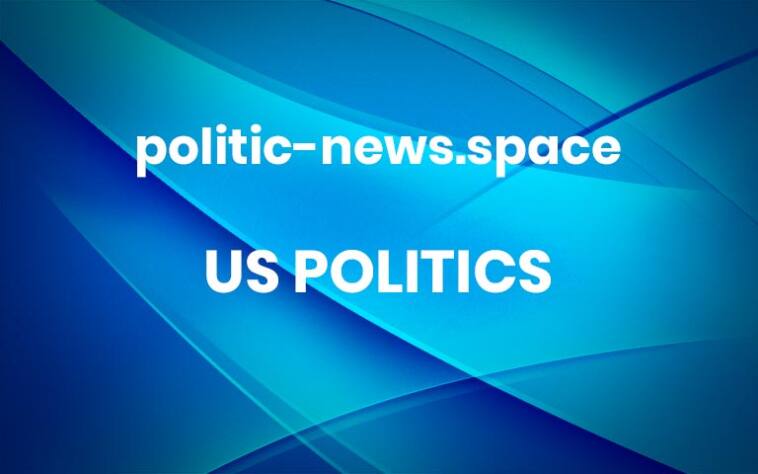Why has Trump ordered strikes in Nigeria and what has it got to do with the persecution of Christians?
Parts of the US right have for years been amplifying claims that Christians face violence in Nigeria, a notion the US president has helped to encourageAfter spending weeks accusing Nigeria’s government of failing to tackle the persecution of Christians, Donald Trump announced a series of strikes on the west African country on Christmas Day.The strikes, targeting Islamic State militants in the country’s north, mark the latest overseas military intervention from Trump, who campaigned on a promise to extradite the US from decades of “endless wars” during his 2024 run for president. Continue reading… More



